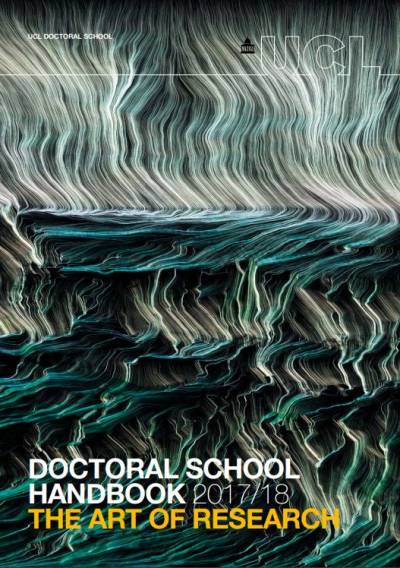|
Abstract
|
Background:
Unexplained physical symptoms (UPS) that lack an organic explanation, even
after appropriate investigation, are extremely common amongst UK primary care
attenders but knowledge about their outcome is limited. / Aim: In a cohort of
adult primary care attenders with UPS, this study aims to: 1) Investigate the
outcome, in terms of the presence of UPS at six months follow-up and 2)
Identify prognostic factors associated with somatic symptom severity, quality
of life, anxiety, depression and health care use at six months follow-up. /
Methods / Screening: Consecutive adults attending nine general practices
completed a screening questionnaire to identify those with UPS. / Cohort
study: Eligible participants completed the baseline questionnaire that
enquired about somatic symptoms, quality of life, psychological well-being
and past health and social history, and were followed-up after six months. /
Results / Screening: Questionnaires were completed by 73% (2,826/3,896) of
eligible attenders. Over two-thirds were female, median age was 42 years (IQR
30, 55) and median symptom severity score, based on the PHQ-15 was 7 (IQR 4,
11). Most (2,425/2,826 (86%)) had at least one UPS and around half
(1,393/2,826 (49%)) had symptoms that were all unexplained (no explanation or
diagnosis for any of their symptoms). Just under half (1,248/2,826, (44%)),
had an explanation for their symptoms that included functional diagnoses
(100/2,826 (4%)), psychological explanations (187/2,826 (7%)), or physical
explanations or diagnoses (921/2,826 (33%)). / Cohort study: The cohort
included 294 participants, were largely female (231/294 (79%)), with a median
age of 44 years (IQR 32, 57)) and diverse ethnicity (43% white British). At
baseline, the cohort had a high level of morbidity, with moderately severe
somatic symptoms (11.5 SD 4.9). Most reported experiencing their symptoms for
longer than a year. A third had clinically significant comorbid depression
and anxiety. / Outcome: There was 245/294 (83%) followed-up at six months;
mean PHQ-15 score was 10.5 (SD 5.3). Over a half reported unexplained
symptoms (135/245 (55%)), just under half (103/245 (42%)) reported symptoms
were still under investigation and only 26/245 (11%) reported that their
symptoms had resolved. Options were not mutually exclusive and participants
could choose more than one. The predictors of more severe somatic symptoms at
follow-up were being female (B=1.31, 95% CI 0.12 to 2.50), higher somatic
symptom severity (B=0.53, 95% CI 0.42 to 0.64), experience of childhood
physical abuse (B=1.86 95% CI 0.27 to 3.45), perception of poor financial well-being
(B=1.90, 95% CI 0.89 to 2.91) and lower physical functioning at baseline
(B=-0.10, 95% CI -0.15 to -0.04). / Conclusion: Most people with UPS and high
symptom severity are unlikely to improve over six months. Historical and
current difficulties are associated with higher somatic symptom severity at
follow-up. Future work should determine whether these findings are maintained
over longer periods. The value of developing prognostic prediction models
based on factors identified in this study should be explored.
|
 Close
Close



